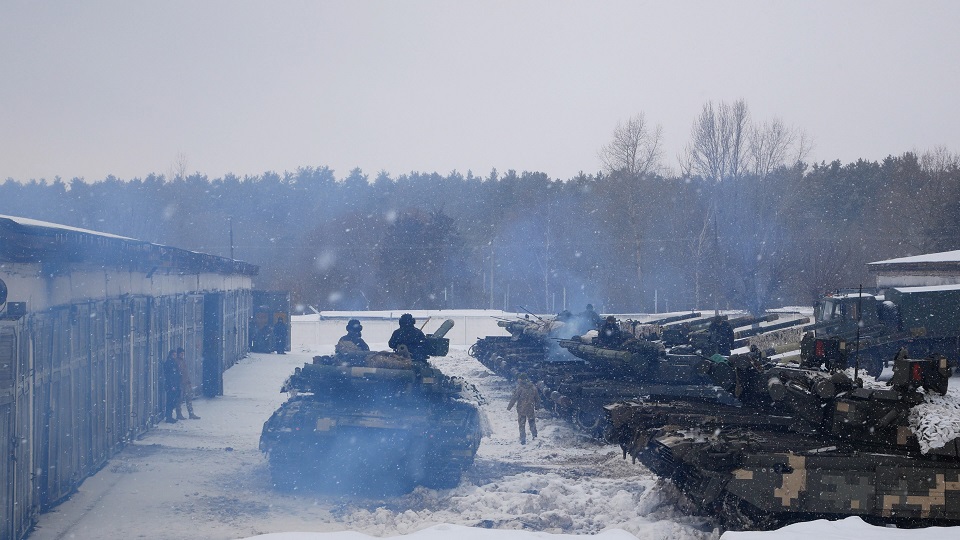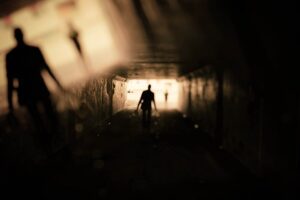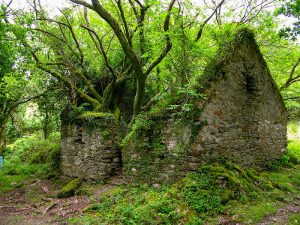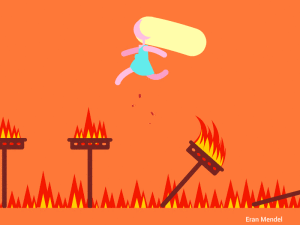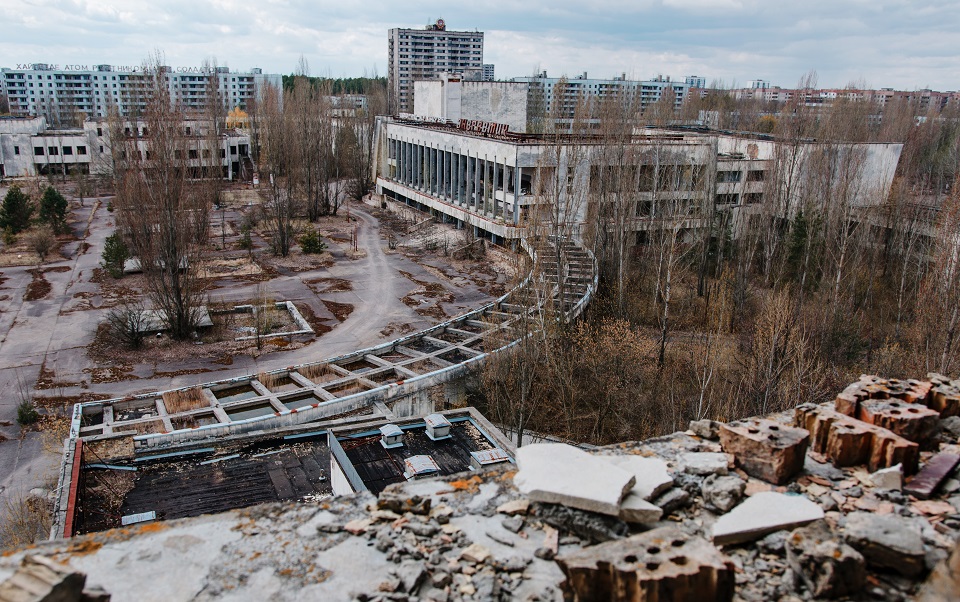
Picher, USA
In the early 20th century, the Mining District town of Pitcher was established and centered around the zinc and lead mine, only to be incorporated in 1918. With how profitable the mine was the town soon thrived, became a hive for people, and even amassed 14,252 citizens in 1926, only 8 years after it had been established.
However, it did not end up being a long-term success nor a long-lived town. The mine stopped operating in 1967, which lead to most of the townspeople losing their jobs. To make matters worse, the contaminated water from the mines began to seep into the town and the water supply as well, which started to raise concerns in 1972. For years people attempted to decontaminate the town, but to no avail. Despite the government starting to evacuate residents in 2006, what sealed this town’s fate was the F4 tornado that hit the town in the spring of 2008. It leveled most of the town and this just hurried the move-out process.
The last inhabitant of the city, the old owner of the town’s Pharmacy vowed to stay until the end in the town since he already lived most of his life there already. In 2015, he passed away, bringing this toxic town’s population officially to zero.
Pripyat, Ukraine
There are very few people who do not know of this town in Ukraine, especially after the HBO hit shot Chernobyl, which highlighted the tragic story of the nuclear power plant exploding and the aftermath of the radiation. What was a town established in 1970 to house the workers from the plant, is now a proper ghost town. In 1986, it took 36 hours to evacuate the residents after the nuclear reactor exploded, exposing most of the residents to deadly amounts of radiation, and most of the residents didn’t pack most of their belonging thinking they would be able to come back.
Unfortunately, the town has remained in that exact state since that day, as no one has been allowed to go back and the town, together with the 1,000 mile exclusion zone around it, remains frozen in time. Despite experts saying the city will continue to be inhabitable for the next 3,000 years, the town has been a magnet for the so-called “dark tourism” – where people visit places that have been historically impacted by death and tragedy. Besides the occasional tourists that are daring enough to go visit Pripyat for a few hours, the town now belongs to nature: wildlife has reclaimed the town, with multiple species now inhabiting the once-bustling city.






